Imagine stepping into your backyard and being surrounded by a kaleidoscope of colors, textures, and fragrances. A flower garden is a true feast for the senses, transforming any outdoor space into a vibrant and serene retreat. According to a study by the National Gardening Association, over 40% of American households have a flower garden – and for good reason!
Creating a blooms-tacular garden is an opportunity to unleash your creativity while enjoying the therapeutic benefits of being surrounded by nature’s beauty. From attracting pollinators that support local ecosystems to adding visual interest and fragrance, the right combination of flowers can turn your yard into a sensory oasis.
In this article, we’ll explore eight captivating flower garden ideas tailored for homeowners and renovators. Whether you have a sprawling backyard or a cozy balcony, you’ll find inspiration to design a space that delights the senses and enhances your outdoor living experience.
The Cottage Garden: A Classic Reimagined
Cottage gardens evoke a sense of nostalgia and charm. These informal spaces are characterized by a mix of flowering plants, herbs, and edible plants arranged in a seemingly haphazard yet beautiful manner.
To achieve the classic cottage garden look, consider incorporating traditional favorites like roses, foxgloves, delphiniums, and lavender. Alternatively, you can put a modern spin on the concept by incorporating ornamental grasses, succulents, and bold blooms like salvia and echinacea.
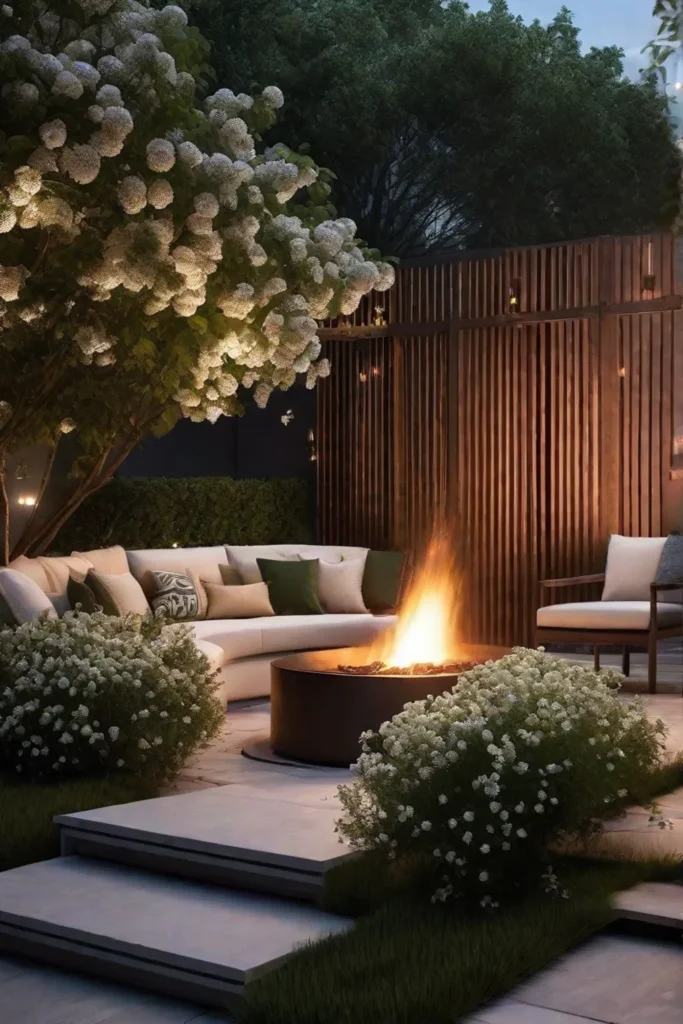
One of the key elements of a cottage garden is the abundance of plants. Mix and match different heights, textures, and colors to create visual interest. Additionally, encourage self-seeding species to ensure a continuous display of color throughout the season.
Informal planting is the hallmark of a cottage garden. Avoid rigid rows and formal shapes. Instead, allow plants to spill over and mingle, creating a natural and relaxed atmosphere. Utilize vertical space by incorporating climbers and trellises to add height and drama.
Don’t forget to include edible plants like herbs, fruits, and vegetables. Not only do they enhance the practical and sensory appeal of your garden, but they also attract pollinators and contribute to a healthier ecosystem.
The Pollinator Paradise: Supporting Ecosystems with Style
Pollinators like bees, butterflies, and hummingbirds play a crucial role in our ecosystems. In fact, 75% of crops depend on pollinators for fruit and seed production. Creating a pollinator-friendly garden is not only aesthetically pleasing but also essential for maintaining healthy ecosystems.
To design a pollinator paradise, choose a variety of plants with different bloom times and colors. This will ensure a continuous supply of nectar and pollen throughout the season. Additionally, include native species, as they are well-adapted to local climates and provide essential resources for native pollinators.
Some excellent pollinator-friendly plants include bee balm, lavender, goldenrod, and coneflowers for bees; butterfly bush, milkweed, sunflowers, and zinnias for butterflies; and trumpet vine, fuchsia, columbine, and honeysuckle for hummingbirds.

Aside from selecting the right plants, there are a few other design tips to keep in mind. Create a water source for pollinators by incorporating a small pond or birdbath. Avoid chemical pesticides, as they can harm these beneficial insects. Instead, opt for organic pest control methods.
“Creating pollinator-friendly gardens is not only aesthetically pleasing but also essential for maintaining healthy ecosystems,” says Dr. Susannah Lerman, an entomologist.
The Urban Oasis: Maximizing Small Spaces
Limited outdoor space shouldn’t prevent you from enjoying the beauty of a flower garden. With a little creativity and the right plant choices, you can transform even the smallest balcony or patio into an urban oasis.
One successful example is the “Balcony Garden Oasis,” where hanging baskets, vertical planters, and trailing plants like petunias, begonias, and ivy create a lush and inviting atmosphere. Another inspiring case study is the “Patriotic Patio Paradise,” featuring raised planters filled with red, white, and blue blooms such as geraniums, daisies, and pansies.
Vertical gardening is a game-changer for small spaces. Utilize trellises and arbors to train plants vertically, creating height and depth. Hang planters on walls, fences, and railings to maximize vertical space. Wall-mounted planters also provide a space-saving and modern touch.
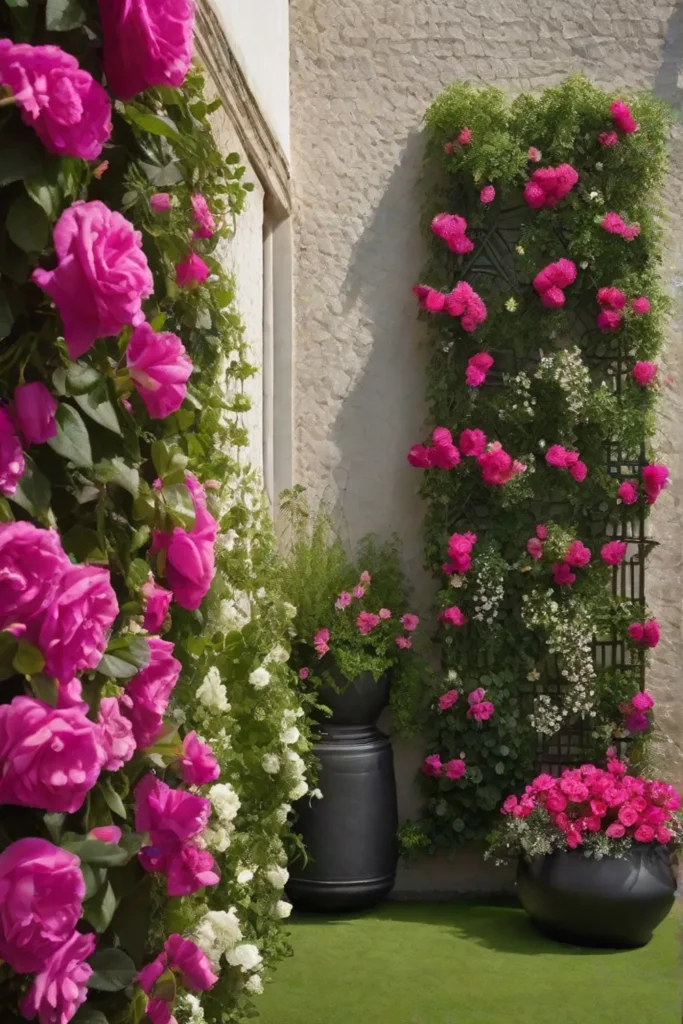
When selecting plants for small spaces, consider trailing varieties like petunias, begonias, and vinca for hanging baskets and vertical planters. Dwarf varieties of flowers like zinnias, marigolds, and geraniums are perfect for compact containers and tight spaces. Vining plants like clematis, morning glory, and honeysuckle can be trained to climb trellises or walls, adding vertical interest and color.
The Edible Landscape: Beauty Meets Function
Integrating edible plants with ornamental ones is a brilliant way to create a garden that feeds both the senses and your family. Not only do edible plants provide visual interest and fragrant blooms, but they also offer the added benefit of fresh, nutritious produce right from your backyard.
Some attractive edible plants to consider include nasturtiums with their vibrant flowers and edible leaves, marigolds with petals that can be used in soups and teas, and fragrant lavender that attracts butterflies while also being a culinary delight.
When designing an edible landscape, practice companion planting by grouping plants with complementary growth habits and nutrient needs. For example, plant tomatoes with basil to deter pests. Utilize vertical gardening techniques like trellises and arbors to maximize space and create a vertically layered garden.

Succession planting is another key principle. Plant a variety of vegetables and herbs that mature at different times to ensure a continuous harvest throughout the season.
“Our edible landscape has transformed our backyard into an oasis,” says Emily from California. “The vibrant colors, sweet scents, and fresh produce create a sensory experience that we cherish.”
The Color-Themed Garden: A Visual Symphony
A color-themed garden is a stunning way to create a dramatic effect in your outdoor space. By choosing plants with flowers in a specific color range, you can evoke certain emotions and create a visually striking display.
When selecting plants for your color-themed garden, consider the color wheel. Analogous colors (colors that are next to each other on the color wheel) create a harmonious and cohesive look, while complementary colors (colors that are opposite each other on the color wheel) create a more dramatic effect.
To ensure a continuous display of color throughout the season, plant a variety of plants with different bloom times. For example, in the spring, plant bulbs like tulips, daffodils, and hyacinths. In the summer, incorporate annuals like petunias, impatiens, and geraniums. For fall, consider perennials like asters, chrysanthemums, and sedum.
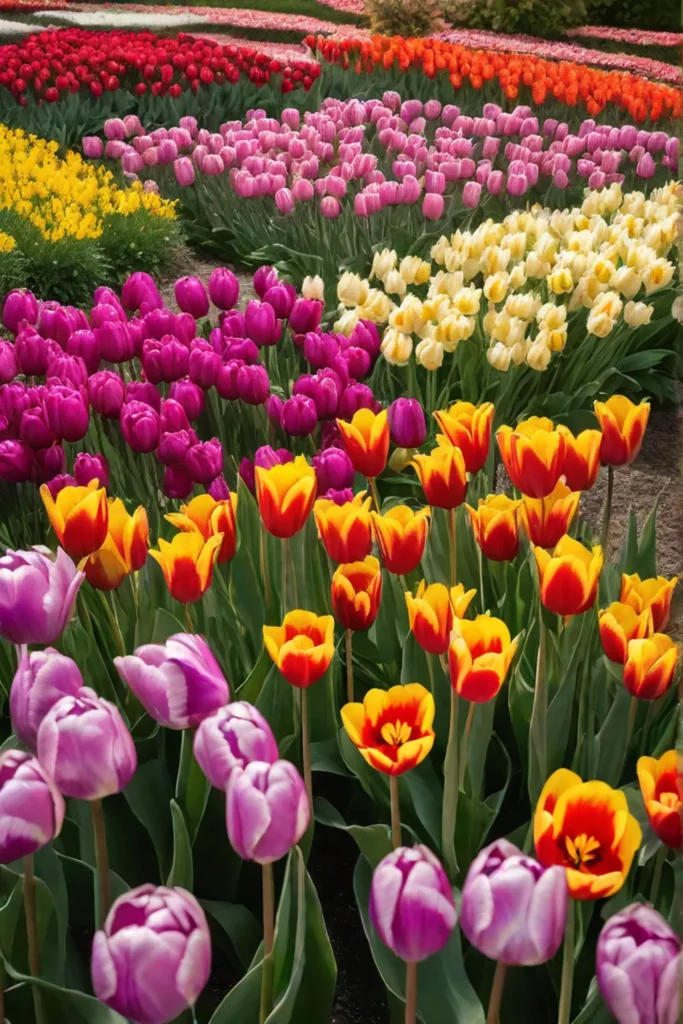
Monochromatic gardens featuring plants with flowers in a single color range can create a very dramatic and sophisticated look, while polychromatic gardens with a variety of colors can create a more playful and eclectic atmosphere.
The Fragrant Garden: An Olfactory Experience
Scent holds an immense power in creating unforgettable garden experiences. By incorporating highly fragrant plants into your garden design, you can transform it into a sensory oasis that delights the senses.
Some of the most fragrant plants for gardens include classic roses with their wide range of fragrances, calming lavender, intoxicatingly sweet jasmine, and heady honeysuckle. Other fragrant favorites include gardenias with their rich and creamy scent, delicate lily of the valley, vibrant hyacinths, and romantic peonies.
To maximize the scent in your garden, plant fragrant plants in clusters to create concentrated pockets of aroma. Utilize vertical space by training fragrant vines like honeysuckle on trellises and arbors, allowing their fragrance to waft through the air.
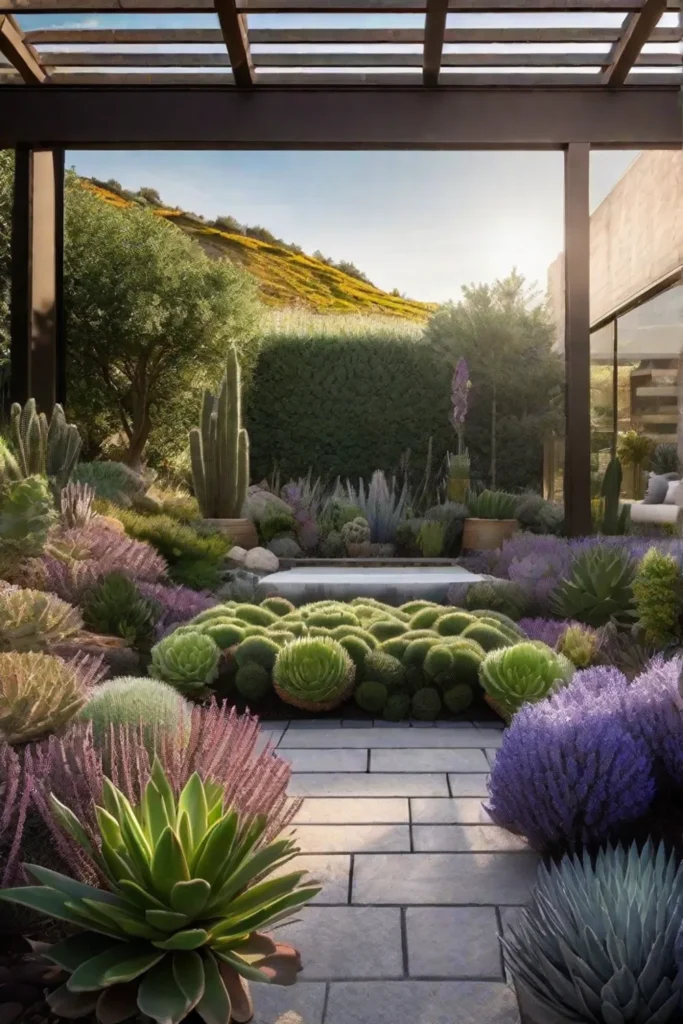
Consider creating a fragrant walkway by planting fragrant herbs and flowers along pathways, or incorporate night-blooming flowers like jasmine and evening primrose for a magical ambiance under the moonlight.
When placing fragrant plants, keep them near seating areas and patios where you can fully appreciate their scent. Additionally, consider the prevailing wind direction in your area to ensure the fragrance is carried throughout the garden.
The Water-Wise Garden: Sustainability Meets Elegance
In an era of increasing water scarcity, creating a water-wise garden is not only environmentally responsible but also a beautiful and sustainable choice. By incorporating drought-tolerant plants and water-efficient design techniques, you can create a stunning outdoor space that conserves precious resources.
Some excellent drought-resistant plant recommendations include succulents like aloe, echeveria, and sedum; cacti like prickly pear and barrel cactus; shrubs like creosote bush and desert willow; perennials like gaillardia, salvia, and yarrow; and grasses like buffalo grass and fescue.
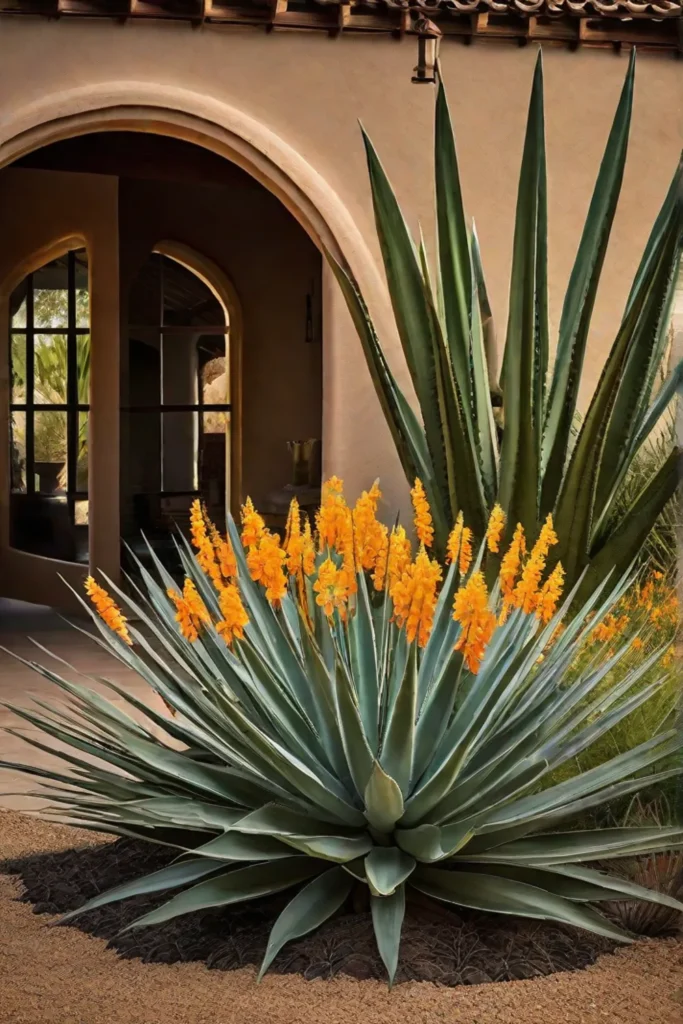
Techniques for water-efficient garden design include xeriscaping (designing landscapes with drought-tolerant plants and minimizing turf areas), drip irrigation (delivering water directly to plant roots), mulching (covering soil with organic matter to retain moisture), and rainwater harvesting (collecting rainwater in barrels or cisterns for irrigation).
Success stories from arid regions like Las Vegas, Phoenix, and Al Ain showcase the beauty and sustainability of water-wise gardens. For example, the Bellagio Conservatory & Botanical Garden in Las Vegas features a stunning desert garden with a focus on water conservation.
The Night Garden: Moonlight Magic
Imagine stepping into your garden after dusk and being enveloped in a serene and magical atmosphere. A night garden, designed to be enjoyed by moonlight, features white and light-reflecting plants that glow in the evening hours, creating a truly enchanting experience.
Some excellent choices for a night garden include the fast-growing moonflower vine with its large, fragrant white blooms, four o’clocks with their vibrant white, pink, or yellow flowers that open in the late afternoon, and nicotiana with its trumpet-shaped white or pale green flowers that release a sweet fragrance at night.
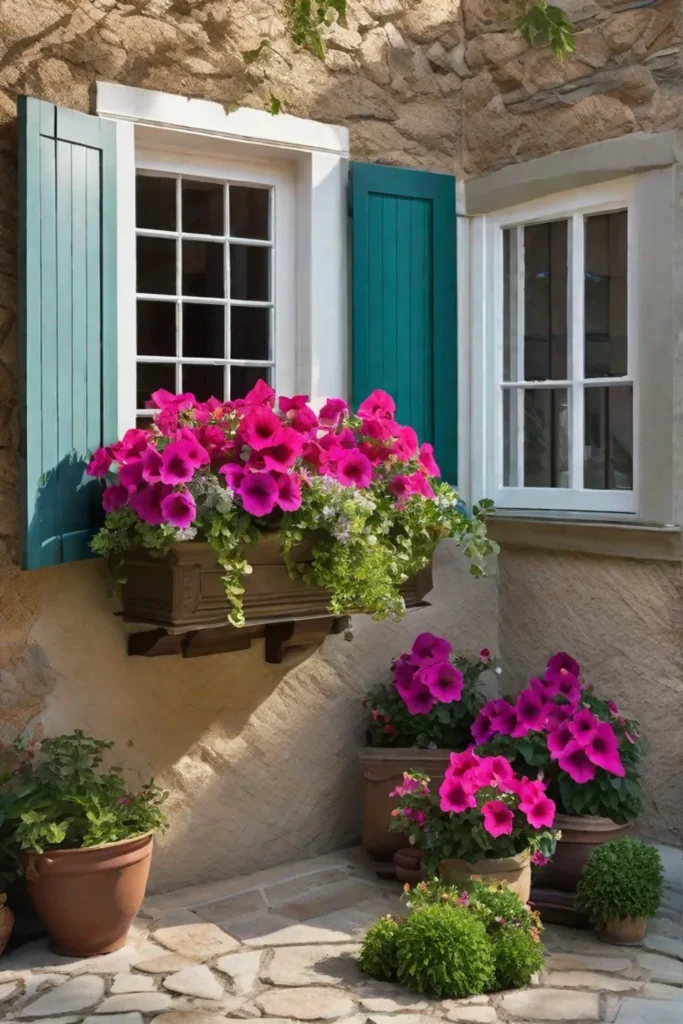
When designing your night garden, consider incorporating subtle lighting elements like path lights or uplighting to illuminate walkways and highlight focal points. Position the garden in a way that allows moonlight to naturally filter through the foliage, creating a soft and ethereal ambiance.
Create a winding path that invites visitors to explore the garden and discover hidden nooks. Establish focal points like a bench or sculpture in a central location to create a gathering spot. Incorporate water features like a small pond or fountain, as the sound of water adds a soothing element and reflects moonlight beautifully.
Conclusion
Flower gardens offer a kaleidoscope of colors, textures, and fragrances that can transform any space into a sensory paradise. From vibrant annuals to delicate perennials, the possibilities are endless. By incorporating these blooms-tacular ideas, you can create a garden that delights the senses, enhances your outdoor living areas, and fosters a connection with nature.
Consider these questions to tailor these ideas to your own space: What is the size and shape of your garden area? How much sunlight does it receive? What type of soil do you have? What colors and styles appeal to you?
Start planning your own blooms-tacular garden today! Whether you have a small balcony or a sprawling backyard, there is a design that will captivate your senses. Share your ideas or progress with the Home Decor Chat community, and let’s create a world filled with vibrant and enchanting gardens.






